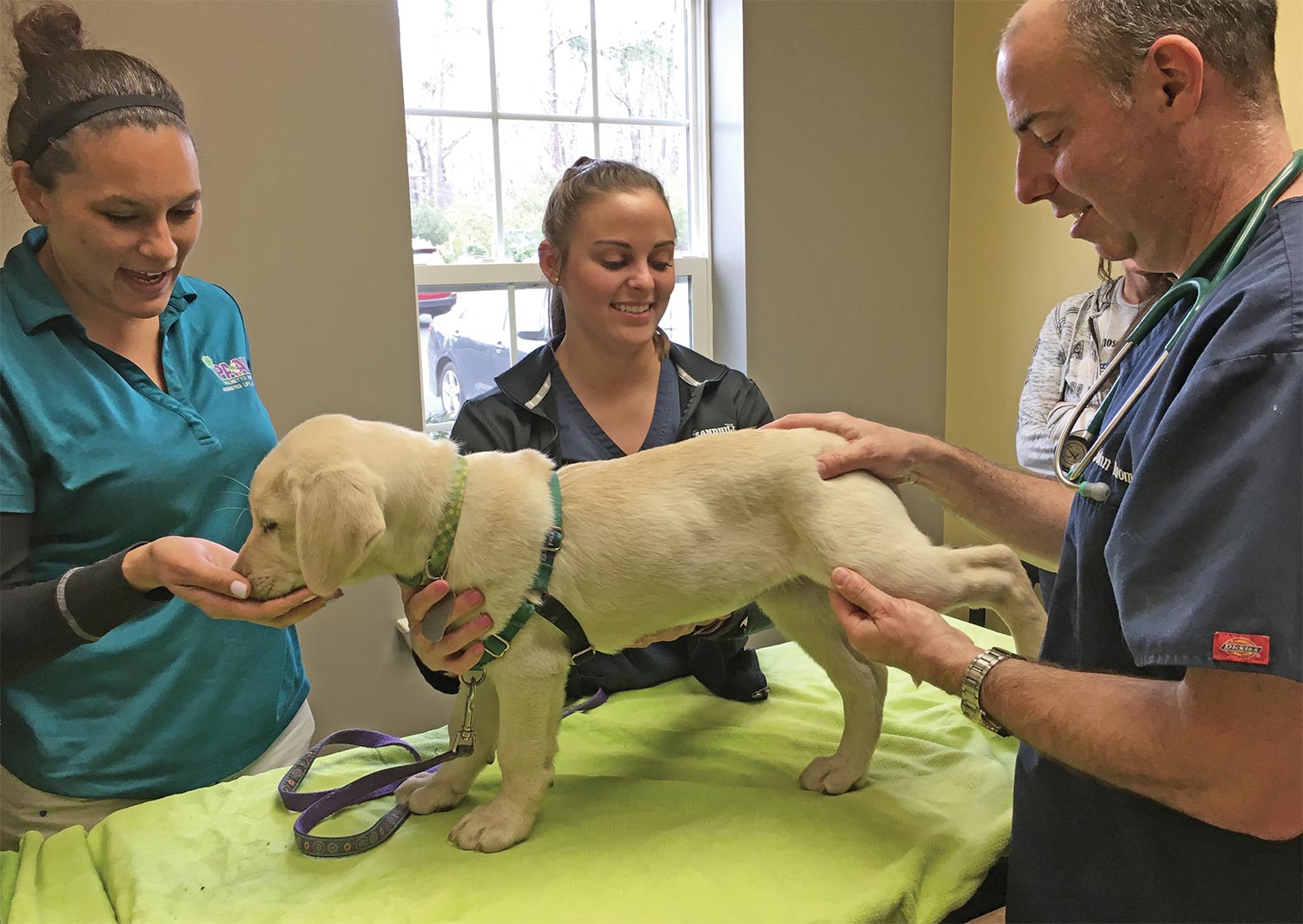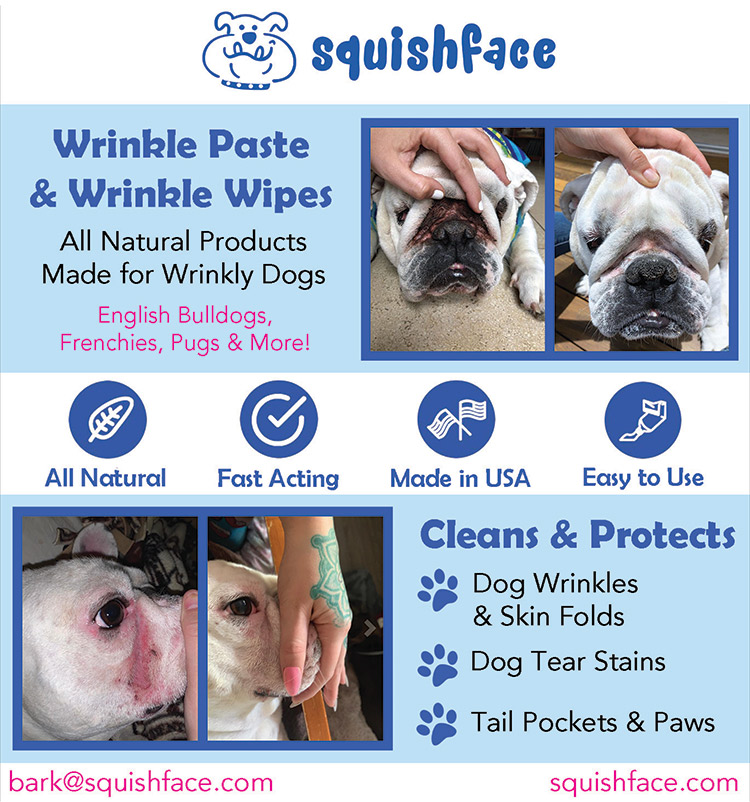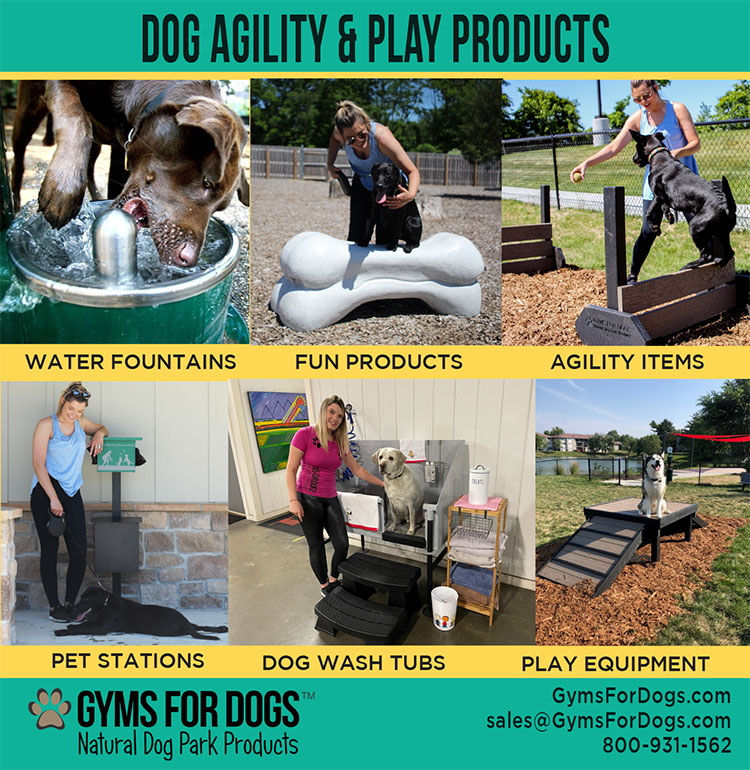



Lead photo: © Karen Addy | www.paals.org
ith the number of assistance dogs increasing every year, veterinarians are more likely to be consulted either by assistance dog users or the organization which trained them—and that means understanding the particular challenges faced by both dogs and their users.
Globally, there are more than 28,000 dogs officially certified by Assistance Dogs International (ADI), including guide dogs, hearing dogs and service dogs. For both veterinarians and assistance dog users, these highly valuable animals (each one costing up to $50,000 to train) come with a special responsibility and may present with specific needs.
“Guide dogs for the visually impaired are still the most common type of assistance dog, but we are seeing growing numbers of hearing dogs, service dogs for mobility and multiple disabilities, medical alert dogs, autism dogs, and dogs supporting veterans with PTSD,” says Chris Diefenthaler, ADI’s Executive Director. “Veterinarians need to know both how to treat the dogs themselves and how to interact with their users and trainers.
“Assistance dogs improve the lives of countless thousands of people around the world by helping with practical tasks, enhancing independence, and boosting wellbeing, dignity and confidence, so it’s vital the dogs are healthy and happy,” she adds.
At the National Breeding Centre of ADI, member Guide Dogs UK veterinary surgeon Hugh Hawkins has treated hundreds of guide dogs in a career spanning more than two decades: “We don’t tend to see many conditions that are specific to assistance dogs, but we need to be very aware of any conditions, drugs, or treatments that might have a bearing on their ability to work. The dogs are checked at least twice a year,” Hawkins continues, “once a year for vaccinations and a general health check in between, and all the information such as weight, body condition, and any other issues is examined and collated so the organization can, if necessary, intervene to look after the health of the dog.”

“I find the ability of many guide dog users to administer treatments is remarkable,” he adds. “But, your chosen treatments need to be feasible for someone who is visually impaired; tablets need to be easily identifiable by size or shape, and the same goes for ear and eye products, which may be difficult to administer for someone who can’t see well.”
Breeding is another area where veterinarians may come in contact with ADI member programs. ADI standards require that programs keep records of temperament, behavior and health to ensure healthy breeding stock and selection of prospective assistance dogs. Breeding programs must also ensure the maximum potential for the role of an assistance dog; in other words, the dogs must be suitable for the special tasks they will perform.
“We put a lot of effort into screening and recording,” notes Hawkins. “Guide Dogs UK has a huge archive of every condition that every guide dog has ever been treated for. They probably hold more data than any other organization. They’re continually screening for orthopedic problems including hip or elbow dysplasia, and genetic issues such as eye disorders.”
Other conditions which might disproportionately impact assistance dogs include mouth and teeth issues which could hinder disability and mobility dogs from picking up objects; eye disease and ageing; ear inflammation or infection; feet and nails (especially in dogs walking long distances on hard surfaces such as pavements); and skin conditions which may be exacerbated by harnesses or jackets.
“ADI accredited programs prioritize the health and wellbeing of both dogs and people,” says Diefenthaler. “We know from experience that a healthy, happy dog will have a longer working life and will be better placed to enhance the life of its user. That’s why our standards emphasize the importance of working with veterinarians who understand needs and challenges of both the dogs and their users,” she concludes.
For more information on Assistance Dogs International, visit assistancedogsinternational.org


